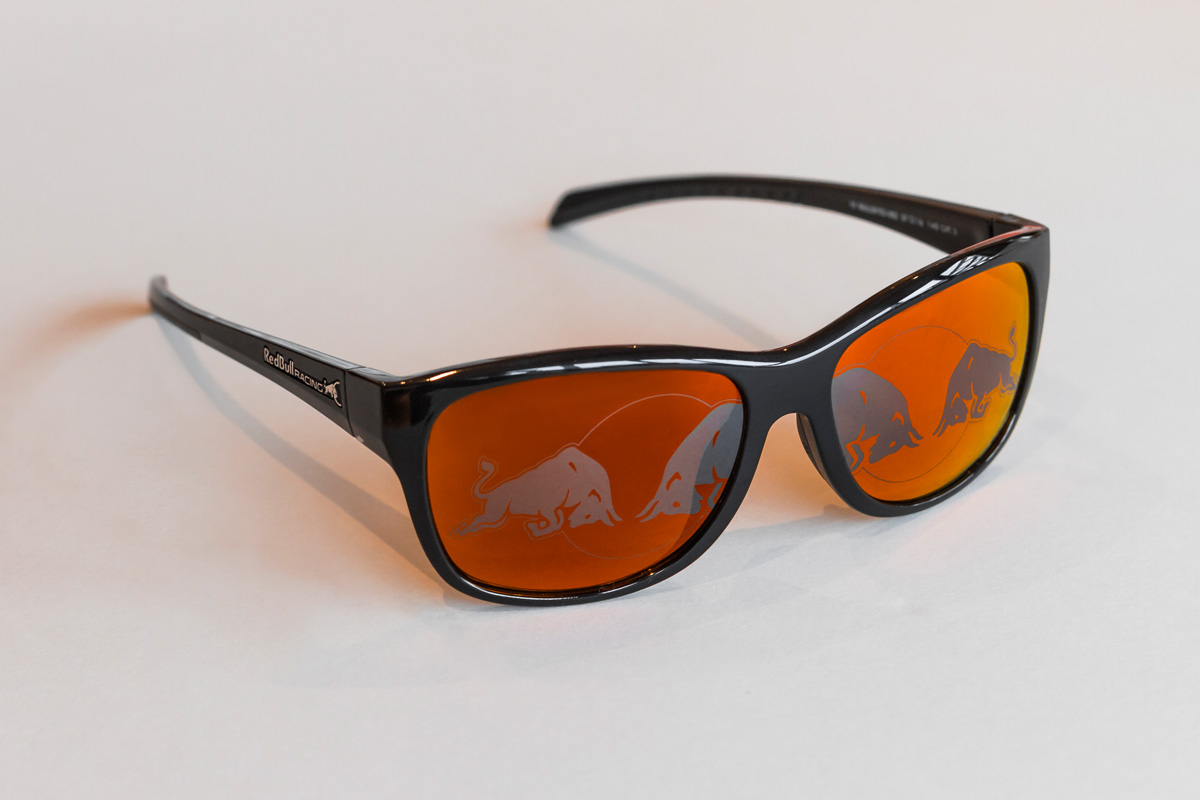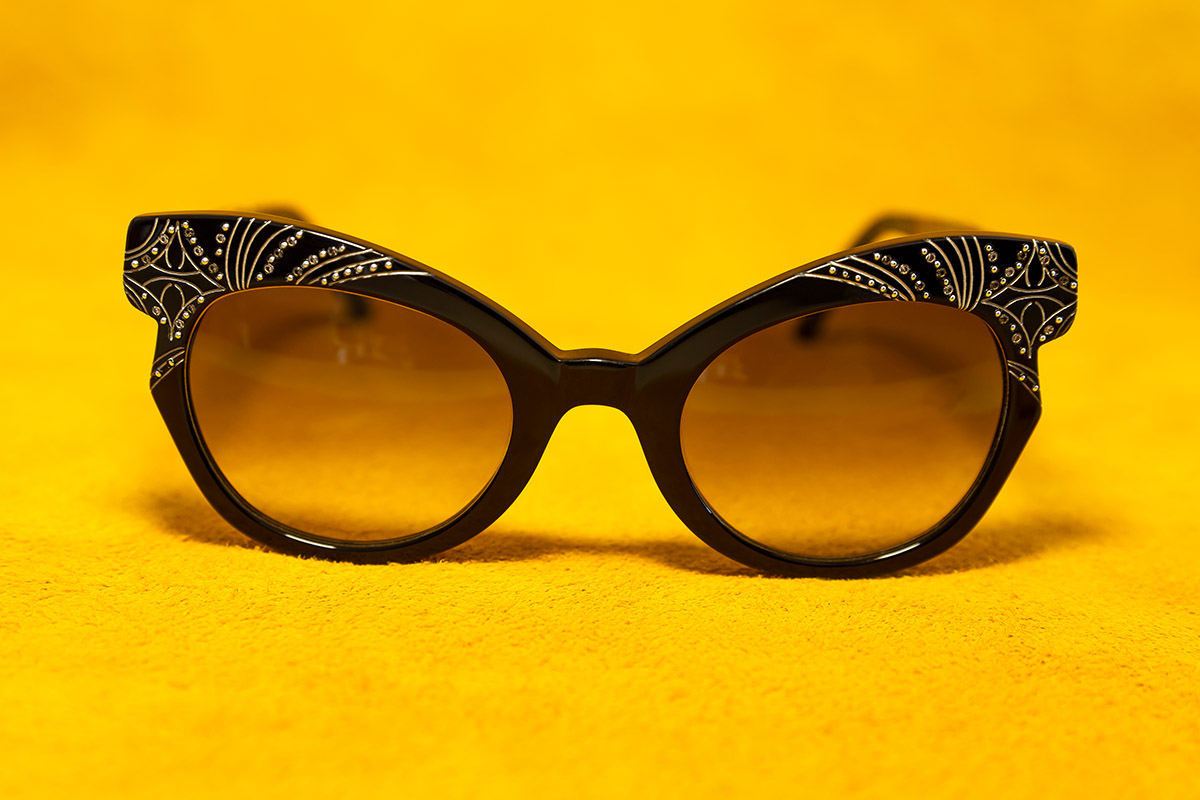Prescription Sunglasses for Tasmanians
At Martin’s Eyecare, I’ve served the community of Tasmania as an optometrist since 2009. And in that time I’ve helped numerous patients with their eyewear choices. When I first moved here from North Queensland I thought I would see less sun damage and less cancer signs. Unfortunately this was not the case, in my time here I’ve seen a higher percentage of patients with sun damage and more eye cancer signs.
So in this post, I’d like to share insights on prescription sunglasses, an important topic for eye care and fashion alike. I’ll explain the many ways that they keep your eyes safe and free from discomfort. I’ll also explore some of the popular sunglasses styles and even alternatives to prescription sunglasses.
Sunglasses and UV Protection
For places in the Southern Hemisphere, especially those closer to Antarctica, there are times in the year when the diminished ozone layer allows more ultraviolet radiation to reach the Earth’s surface. For Tasmanians, this heightened exposure increases the risk of skin cancer, cataracts, and other health issues.
Prescription sunglasses are specially designed eyewear that not only correct vision but also provide protection from the sun’s harmful UVA and UVB rays.
- Ultraviolet-A (UVA) rays, which account for about 95% of the UV radiation reaching the Earth’s surface, have a longer wavelength than UVB rays and penetrate deeper into the skin, reaching the dermis. Though less intense than UVB, UVA rays are more prevalent and can pass through clouds and glass. Chronic exposure to these rays can result in premature skin aging, wrinkles, and a suppressed immune system.
- Ultraviolet-B (UVB) rays have a greater capacity to cause damage at the cellular level in living organisms. This can include effects like DNA damage in skin cells, which can lead to mutations and potentially contribute to the development of skin cancers. In simpler terms, even though UVB rays are less prevalent than UVA rays, they are more potent in causing biological changes or harm when they interact with living tissue.
When purchasing sunglasses it’s essential to ensure that they are labeled as offering 100% UV protection or “UV400” protection, which means they block light rays with wavelengths up to 400 nanometers, covering both UVA and UVB rays. Colored or darker lenses don’t necessarily block more sun rays.
Prescription Lens Coating -vs- Embedded UV Protection
Lenses with a UV coating differ significantly from those with embedded UV protection in their fundamental approach to blocking ultraviolet rays. UV-coated lenses have an external layer applied to the lens surface to absorb the harmful UV rays.
Over time, and with wear and tear, this coating might deteriorate or wear off, potentially reducing its efficacy. Some eyewear professionals suggest that if you wear your sunglasses for two hours daily, it’s advisable to get a new pair every two years. Moreover, if you observe that the tint of your dark sunglasses is fading, it’s a sign to consider investing in a new set immediately.
Lenses with embedded UV protection, on the other hand, have the UV-blocking agents integrated within the lens material itself. This means the UV protection is inherent throughout the entire lens and is not just a surface treatment. As a result, embedded UV protection tends to be more durable and long-lasting, maintaining its protective qualities regardless of scratches or surface wear.


Prescription Sunglasses and Lens Polarization
Light waves from the sun, or even from an artificial source, vibrate and radiate outward in all directions. When light waves strike a flat or smooth surface, they become polarized, meaning the waves align in parallel to each other, predominantly in a horizontal direction. This alignment is what causes intense glare, especially noticeable on surfaces like water, snow, or roads.
Polarized lenses are equipped with a unique chemical film, either layered onto the lens surface or incorporated within the lens material itself. This film consists of horizontally aligned molecules that function like microscopic blinds when faced with horizontally polarized light, blocking these light waves from passing through. As a result, polarized lenses effectively diminish or entirely remove glare, allowing only vertically aligned light to reach the eye. This not only provides a clearer and more comfortable view but also eliminates the distracting and sometimes dangerous effects of intense glare.
In summary, while both UV protection and polarization shield our eyes from the sun, they serve different primary functions. UV protection focuses on blocking harmful ultraviolet rays, while polarization focuses on reducing glare. Ideally, for the best protection in sunny Tasmanian environments, it’s beneficial to have sunglasses that combine both.
Why Are Sunglasses Dark?
Some people might be surprised to learn that UV protection and glare reduction (polarization) are completely independent of the dark tint that we typically associate with sunglasses. Dark tinting in sunglasses delivers other benefits, including:
- Reduced Visible Light Transmission (VLT): Dark tints significantly reduce the amount of visible light reaching the eyes. This can provide comfort on extremely sunny days, especially in open areas or higher altitudes. In these high-brightness scenarios, our eyes can strain or get fatigued. Dark tints can reduce this strain by lessening the amount of light the eyes have to process.
- Enhanced Contrast: In specific scenarios, such as snowy environments or on the water, dark lenses can help enhance contrast, making it easier to discern shapes, obstacles, or depth.
- Privacy: Darker lenses make it more difficult for others to see your eyes, providing an element of privacy.
- Cosmetic Appeal: For many, the aesthetic of dark lenses is appealing, giving a sense of mystery or style that aligns with personal fashion preferences.
More Than Just Sun Protection
Sunglasses can protect the eyes from more than just UV rays and irritating glare; they also provide protection against wind damage. Prolonged exposure to strong winds, especially in dry or dusty environments, can sometimes lead to dry eyes, irritation, and the intrusion of foreign particles. These conditions may cause discomfort and even potential injury.
A well-fitted pair of sunglasses, particularly wrap-around styles, creates a barrier against the wind, reducing the evaporation of the tear film on the eye and preventing debris from making contact with the eye. Thus, in windy conditions such as those we experience in the Apple Isle from time to time, sunglasses act as a protective shield, maintaining ocular comfort and preventing potential damage.
How to Choose Sunglasses for Kids
Children spend a lot of time outdoors, often during peak UV exposure times, so protection from an early age vital to prevent potential eye damage or conditions that might manifest later in life.
When selecting sunglasses for children, safety and durability are paramount. Opt for frames that are flexible yet sturdy, resistant to breakage upon impact, especially if your child is active or plays sports. Lenses made from polycarbonate are ideal as they’re shatter-resistant and inherently block 100% of UVA and UVB rays.
Additionally, look for sunglasses that offer a snug fit to ensure they stay in place during play, and, if possible, go for a wraparound style to provide added protection from peripheral light.
Lastly, involving your child in the selection process can make them more enthusiastic about wearing their new shades.
Care and Maintenance for Sunglasses
Sunglasses are more than just a fashion accessory; they serve a crucial protective function for your eyes. In turn, they demand a touch of maintenance to keep them fit for purpose. When cleaning, always use a microfiber cloth as it’s designed to be gentle on the lenses and helps prevent any inadvertent scratches.
Keep your sunglasses in a protective case when not in use to protect them from potential damage. Moreover, be on the lookout for signs of wear and tear. If you notice loose screws or lenses becoming clouded, it’s an indication that they might need an adjustment or even a replacement.
Buying Online vs Glasses Store
In today’s digital era, buying eyewear has expanded to online platforms, offering the perks of convenience and often more attractive pricing. However, online purchases come with their own risks, including the potential for an improper fit or inaccuracies in the prescription.
Purchasing directly from an eye care clinic like Martin’s Eyecare ensures you get prescription sunglasses that fit precisely and the expertise of professionals to guide you. The specifics of your vision might warrant this hands-on approach for best results.
10 Popular Sunglass Styles
Sunglasses have evolved significantly over time. Originally designed for practicality and protection, they’ve now become a staple in the world of fashion. It’s not uncommon to see them featured in advertisements, films, and on the faces of celebrities, emphasizing a sense of style and a touch of attitude. Their association with “cool” isn’t just about blocking the sun; it’s about making a statement.
Here are ten iconic sunglasses styles that we can often see worn by people around Hobart and other places in Tasmania.
- Aviator/Pilot: Characterized by their teardrop shape and thin metal frames, Aviators were initially designed for pilots but have become a fashion staple. Generally suitable for prescriptions, but high prescriptions might cause distortions due to the curved lens design.
- Wayfarer: Introduced by Ray-Ban in the 1950s, Wayfarers have a trapezoidal frame shape, making them iconic in the sunglasses world. Highly suitable for most prescriptions, given their flat lens surface.
- Cat Eye: With their upward sweeping corners, cat-eye sunglasses offer a retro, feminine look. They’re suitable for most prescriptions, as their design doesn’t generally interfere with lens clarity.
- Browline: Emphasizing the eyebrows, these sunglasses create a sophisticated look. Generally suitable for most prescriptions due to their flatter lens design.
- Oversized: A statement piece made famous by celebrities, oversized frames offer broad coverage. They can accommodate prescriptions, but strong ones might result in thicker lenses unless high-index material is used.
- Wrap-around: Curving around the face, wrap-arounds provide comprehensive eye protection, making them a choice for sports. They can be tricky for strong prescriptions, especially with significant astigmatism, but specialized labs can handle them.
- Shield: Offering a futuristic look with a single lens spanning both eyes, shield sunglasses provide extensive coverage. Like wrap-arounds, the curvature can pose challenges for strong prescriptions but isn’t impossible with expert crafting.
- Semi-Rimless (or Half Frame) Sunglasses: These sunglasses are characterized by their unique design where the frame holds only the top or bottom half of the lens, giving them a minimalistic appearance. Thicker lenses might not sit securely within the half frame, so it’s recommended for those with mild to moderate prescriptions.
- Round: Inspired by the 60s and 70s, round sunglasses have circular lenses and evoke a bohemian or vintage style. Suitable for various prescriptions, but very strong ones might make lenses appear thick at the edges.
- Rectangular: Sporting a sleek, modern appearance, rectangular sunglasses are particularly flattering for longer faces. This style is adaptable to a wide range of prescriptions.
Alternatives to Prescription Sunglasses
If you aren’t ready for a true pair of prescription glasses, there are a few alternatives.
Transition Lenses
Also known as photochromic lenses, transition lenses react to UV light exposure. When moving from an environment with UV light (like outdoors) to one without (like indoors), these lenses start to fade back to their clear state. Typically, the transition from darkened sunglasses to clear eyeglasses, once indoors, takes about 5 to 15 minutes, depending on the brand and the specific type of transition lenses. However the transition time can also be influenced by ambient temperature, with colder conditions sometimes causing the lenses to take longer to clear.
While transition lenses offers undeniable convenience, eliminating the need to switch between regular glasses and sunglasses, there is a caveat. In extremely bright situations, they might not provide adequate darkening, potentially leaving the wearer desiring more shade for their eyes.
Convertibles
These are a distinctive type of eyewear that comes equipped with clip-on shades. This design provides flexibility, especially beneficial for individuals who move between indoor and outdoor environments regularly. By simply attaching or removing the clip-on, wearers can effortlessly adapt to varying lighting conditions, making it a convenient option for those on the move.
They provide the ease of transitioning between prescription eyeglasses and sunglasses without owning two distinct pairs, presenting a cost-efficient alternative.
While convertibles with clip-on sunglasses offer convenience, they come with their set of challenges. The detachable nature of the clip-on makes it susceptible to being misplaced or lost.
Aesthetically, they might not appeal to everyone, with some finding them less sleek than standalone prescription sunglasses.
Non-Prescription Sunglasses with Contact Lenses
Using non-prescription sunglasses in combination with contact lenses provides a flexible solution for those seeking both vision correction and protection from sunlight. This approach allows individuals to choose from a wide array of sunglass styles without the constraints of prescription lenses.
However, you’ll need to be comfortable with inserting, wearing and maintaining contact lenses. For those who are familiar with using contacts, this combination offers the best of both worlds, but for others, it might pose a barrier or inconvenience.
Conclusion
Without doubt, Tasmania is a special place. We have some of the worlds best scenery but also some challenging, rugged environments. So in order to protect your eyes from UV rays, wind and glare, while enjoying the picturesque beauty of our state, you might want to consider investing in your very own prescription sunglasses.
Not only will they keep your eyes protected, but the right pair on sunnies will undoubtedly lift your “cool” fashion game a few points!
Why not come and see us at Martin’s Eyecare in Glenorchy, just a short drive north from central Hobart. We can check your eye prescription and show you our unique range of sunglasses today!
Book your eye care appointment with us today at Martin’s Eyecare.
Call (03) 6272 8423 or use the “Book Appointment” button on our home page.
– Martin Robinson, Optometrist & Owner.
